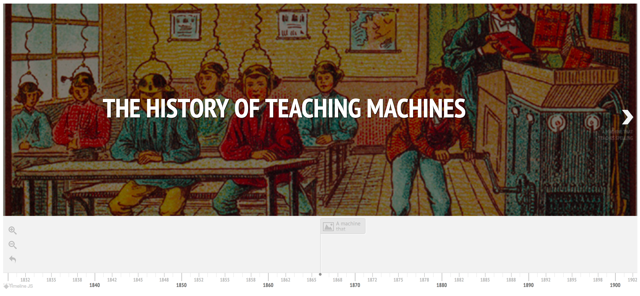I’ve updated the landing page for this site so that the verbiage better aligns with what the book is actually going to be about. That being said, I loved the old landing page – the reference to The Matrix, for example. So I’m just cutting and pasting it here, for posterity.
The Drive to Automate Education
“Jujitsu? I’m going to learn Jujitsu?” Neo asks incredulously, as he’s plugged in to a machine for the first time since his rescue by Morpheus and the members of the ship Nebuchadnezzar. The operator Tank loads a virtual training program, and Neo clamps his eyes shut, his body jolting in response as the data floods his visual cortex. Seconds later, Neo opens his eyes. “Holy shit!” he exclaims and agrees to more – 10 hours more – “programming.” Finally, gasping, he exclaims to Morpheus, “I know Kung Fu!”
While The Matrix portrays a dystopian future where intelligent machines have subdued and enslaved the human population, the film’s display of learning technologies – information transferred directly and instantly into the brain – is the sort of thing frequently hailed as a worthy scientific goal: learning that is efficient, scalable, standardized, and fully automated.
The desire to automate teaching and learning is hardly new. It has a lengthy history in science fiction – a history that certainly predates the Wachowskis’ 1999 movie blockbuster – and a lengthy history in science and education as well – psychology professor Sidney Pressey received the first US patent for a “teaching machine” in 1928. But despite the achievements imagined in the former – Neo’s rapid mastery of Kung Fu, for example – the results provided by the latter have been much less transformative. Indeed, while there’s much hype about the revolutionizing of education through the creation and implementation of various “teaching machines,” that promise remains largely unfulfilled.
Yet the push for more automation in education continues.
The book Teaching Machines, which will be published by MIT Press, examines this drive, not simply as a technological or scientific or pedagogical development, but as a profoundly cultural one. How have we conceptualized the mechanics of human intelligence, for example, and how has that shaped the way in which we imagine and build so-called intelligent machines? How do teaching machines work – do teaching machines work? And whose work, whose labor, might they replace or enhance? Do teaching machines offer “personalization” or merely a more efficient standardization? Why have we been so keen for so long to automate teaching and learning? What does this say about our vision of the purpose, let alone the future of education?
